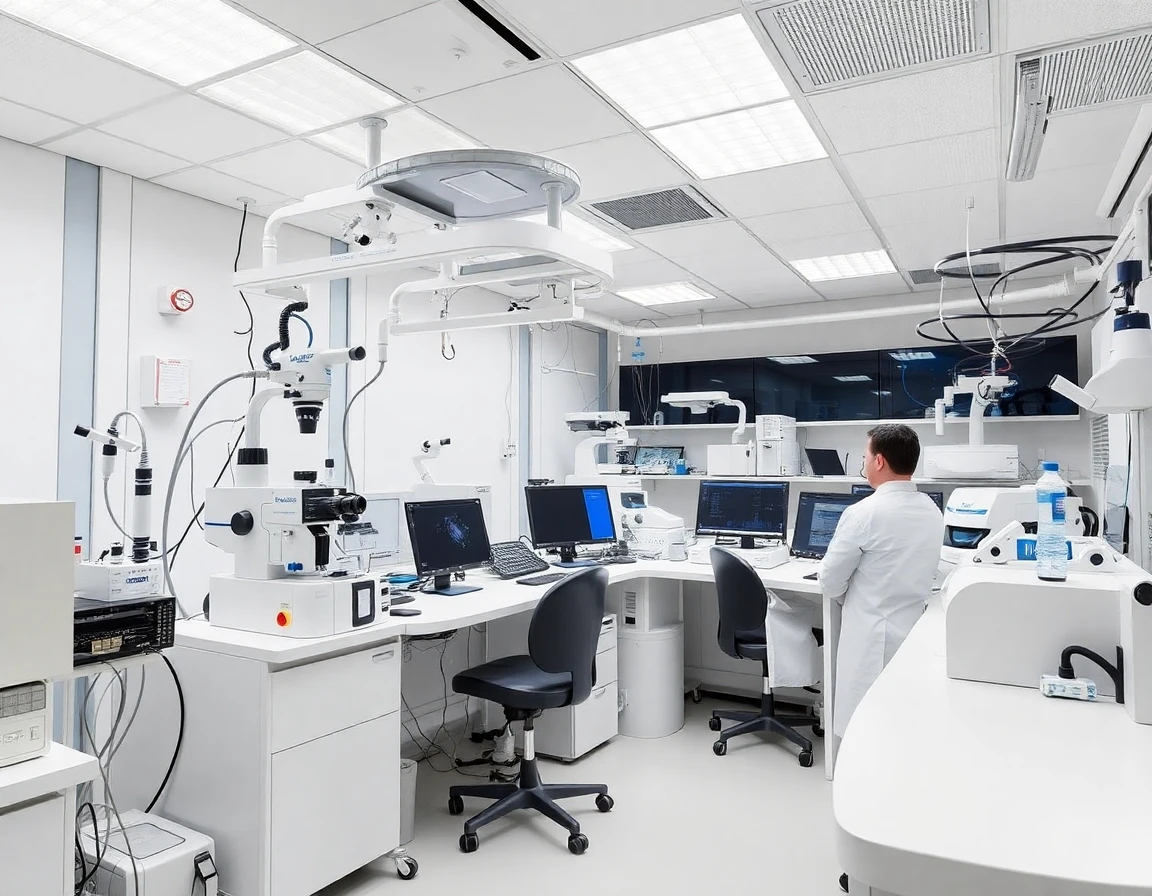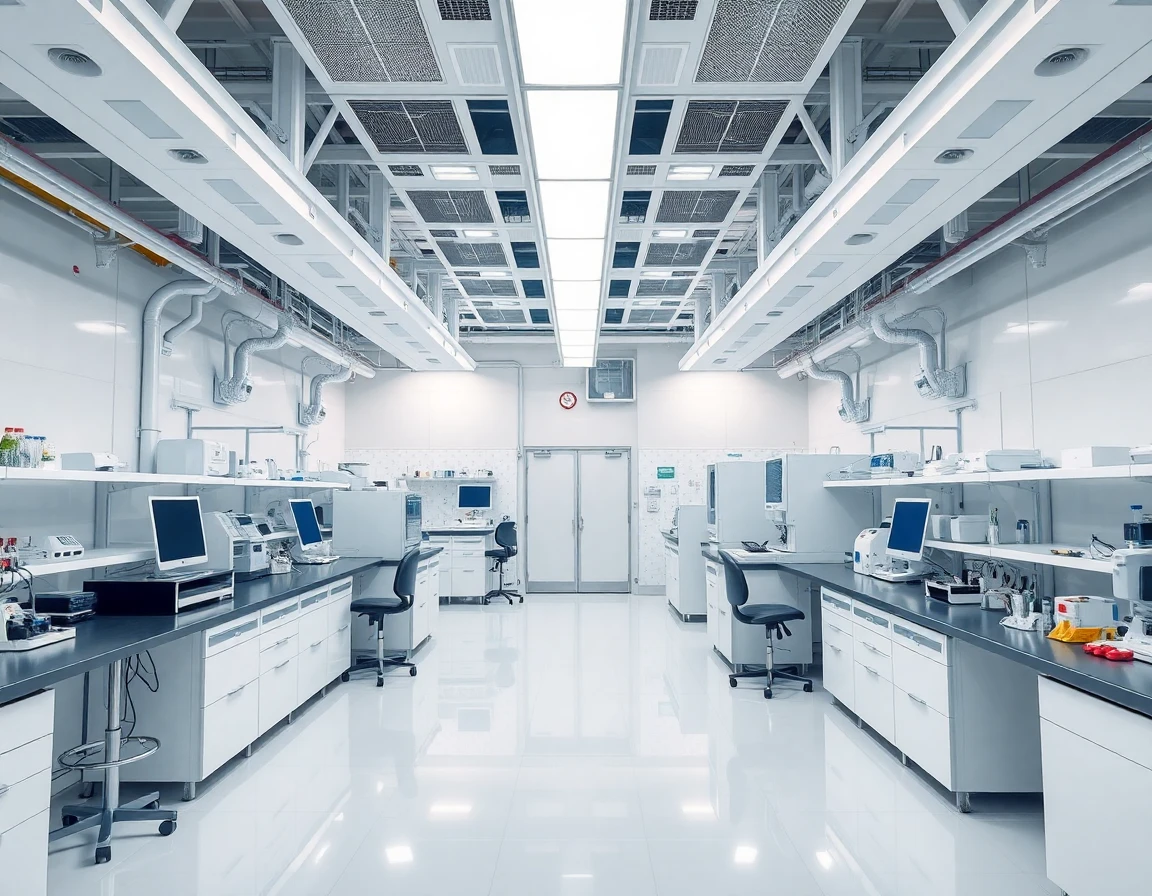As the International Space Station (ISS) approaches its end of operational life, the spotlight is increasingly shifting to commercial space stations developed by private entities. This transition marks a significant milestone in space exploration and utilization, promising to reshape how humans conduct research and industry in low Earth orbit (LEO).
The Current Landscape of Commercial Space Stations
Recent developments from companies like Axiom Space, Blue Origin, and Sierra Space showcase a burgeoning industry that aims to fill the gap left by the ISS. These commercial space stations are designed not only for scientific research but also for tourism, manufacturing, and other commercial ventures.
Axiom Space, for example, is collaborating with NASA to create a series of modules that will initially attach to the ISS, eventually forming a standalone commercial station. According to Axiom’s CEO, Michael Suffredini, “The transition to commercial platforms is essential for the future of human spaceflight. We are creating the infrastructure that will enable sustained human presence in space.”
Technical Innovations Driving Development
The advancement of commercial space stations is heavily reliant on cutting-edge technologies. For instance, these stations will incorporate advanced thermal management systems to maintain optimal operating temperatures and protect sensitive equipment from the harsh conditions of space.
Moreover, precision control is critical for the operation of various systems within these stations. The integration of high-precision linear electric actuator systems will ensure accurate positioning and movement for robotics and environmental controls, further enhancing the capabilities of commercial stations.
Impacts on Research and Industry
One of the key benefits of commercial space stations is the potential for increased research opportunities. With more accessible platforms in LEO, scientists will have the chance to conduct experiments that were previously limited by the ISS’s schedule and funding constraints. This could lead to breakthroughs in areas such as biotechnology, materials science, and medicine.
In terms of industry, the presence of commercial space stations opens avenues for in-orbit manufacturing. Companies can take advantage of microgravity to produce goods that are difficult or impossible to create on Earth, such as certain pharmaceuticals or advanced materials.
Challenges Ahead
Despite the promising outlook, the path to successful commercial space stations is fraught with challenges. Funding remains a significant barrier, as the high costs associated with space infrastructure can deter potential investors. Additionally, regulatory hurdles and safety concerns must be addressed to ensure the viability of commercial operations in space.
As noted by Dr. Ellen Stofan, former NASA chief scientist, “While the opportunities are vast, we must tread carefully. Ensuring safety and managing space traffic will be critical as more players enter the arena.”
The Future of Commercial Space Stations
Looking ahead, the future of commercial space stations appears bright. With the ISS expected to be decommissioned by 2028, the private sector is poised to take the lead in space habitation. Companies are already eyeing the prospect of space tourism, with plans for luxury accommodations in orbit.
Moreover, as technological advancements continue, we can expect to see the integration of more sophisticated systems such as gyroscopic instruments for enhanced orientation and stability controls during missions. These innovations will be vital for ensuring the operational efficiency and safety of commercial space stations.
Conclusion
As we stand on the brink of a new era in space exploration, the development of commercial space stations marks a pivotal shift from governmental to private-sector leadership in the cosmos. With the potential for expanded research, industrial applications, and even tourism, the future is bright for commercial space ventures. The successful deployment of these stations will not only facilitate ongoing scientific inquiry but also pave the way for humanity’s long-term presence in space.
In the words of Blue Origin’s founder Jeff Bezos, “We are building the infrastructure for future generations to live and work in space.” The race is on, and the sky is no longer the limit.



